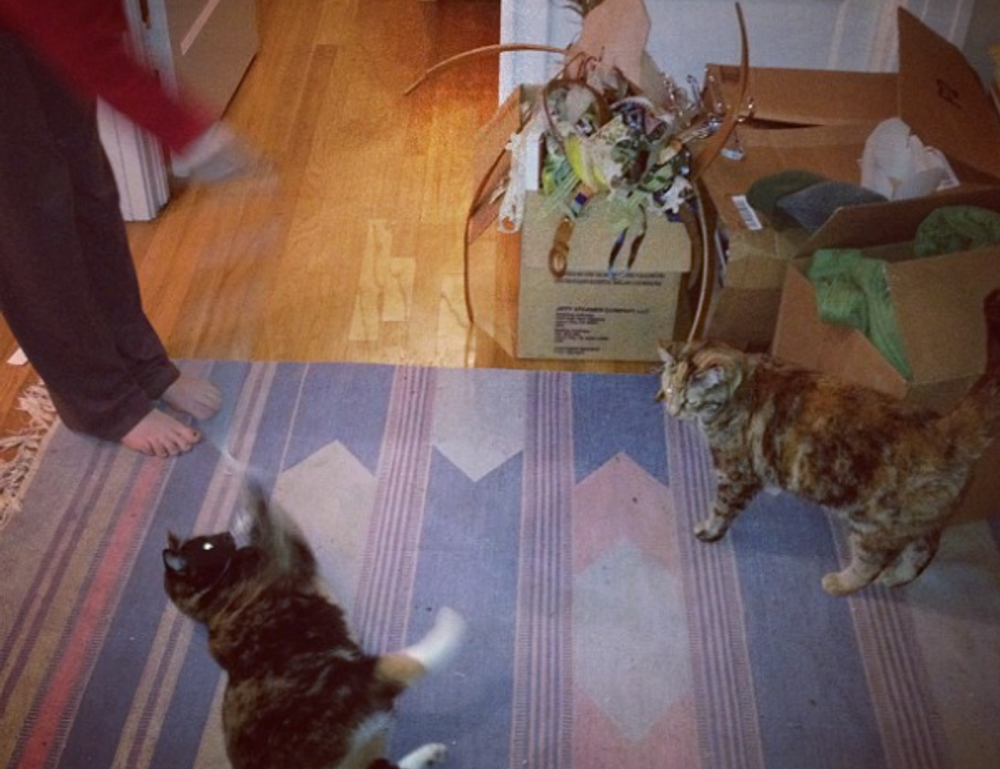What Makes a Good Indoor Pet?
Not every species works well indoors. Good indoor pets generally check a few boxes: Minimal noise and odor Manageable mess and cleaning needs Comfort with limited space No need for complex outdoor environments
Dogs and cats still lead the list, but they’re not your only options. Small mammals, birds, reptiles, and even amphibians can thrive indoors—as long as you provide the right setup.
lwmfpets indoor pets: Best Choices for LowMaintenance Indoor Living
The phrase lwmfpets indoor pets essentially focuses on pets that require low maintenance but still offer great companionship and interaction. Here’s a quick rundown of top candidates.
1. Cats
Independent but affectionate, cats practically wrote the book on indoor pet living. They don’t need outdoor time (just a sunny window and a few toys), and litter training is straightforward. Shorthaired breeds like the British Shorthair or Russian Blue shed less and need minimal grooming.
2. Small Dog Breeds
Some small dogs are tailored for apartment life. Think French Bulldog, Cavalier King Charles Spaniel, or Miniature Schnauzer. These breeds don’t require much space or excessive exercise but still bring energy and love. Just be honest about your routine—no dog is completely handsoff.
3. Guinea Pigs
Gentle, affectionate, and relatively lowmaintenance. Guinea pigs are social animals that do well in pairs and can be happy in moderatesized cages with good bedding and fresh produce. Bonus: They’re quiet and rarely bite.
4. Budgies (Parakeets)
If you want a little song in your space, budgies bring personality and chatter. They require a properly sized cage, toys for stimulation, and regular interaction. Cleanup is manageable, and training can be fun.
5. Leopard Geckos
Prefer something scalecovered and calm? Reptiles have entered the indoor pet scene with force. Leopard geckos, in particular, are docile, easy to care for, and only need feeding a few times per week. They’re quiet, clean, and stay small.
6. Betta Fish
One of the lowest maintenance pets you can have, betta fish thrive in small tanks without filters (as long as you’re consistent with water changes). They’re vibrant, quiet, and oddly mesmerizing.
What You’ll Need for Indoor Pet Success
Even lowmaintenance options come with needs. Here’s what makes the cut:
Environment control: Adequate heating, ventilation, and humidity are essential for reptiles or amphibians. Safety: Petproofing your space is a must—secure trash, hide electrical wires, and use locking tops on cages. Stimulation: Mental activity is nonnegotiable. Even for small animals, boredom becomes a behavior problem. Routine: Regular feeding, cleaning, and handling build trust and keep your pet healthy.
Indoor Pet Challenges (And How to Handle Them)
Even perfect pets come with some tradeoffs. Knowing common issues ahead of time gives you the upper hand.
- Odor: Without good hygiene, cages and litter boxes can stink. Stick to a regular cleaning schedule.
- Noise: Birds chirp, guinea pigs squeak, dogs bark. Accept what’s natural to the species—or pick one less vocal.
- Allergies: Some people are sensitive to dander. Consider hypoallergenic breeds or opt for reptiles or fish.
- Space: Every pet has its limit. Measure twice, adopt once. Make sure your home fits their needs longterm.
Planning for the Long Haul
Don’t choose based on cuteness or impulse. Think about lifespan, costs, and compatibility with everyone in the household. Some indoor pets, like parrots or tortoises, can live 20+ years. That’s a major commitment. Others, like hamsters, may only be around for a few.
Budget realistically for food, vet care, enclosures, enrichment, and time investment. Then, plan a care routine that works for you and your pet. Reliability beats novelty every time.
Making Life Better—for Both of You
The beauty of lowmaintenance pets is that you can form deep, twoway relationships without sacrificing your schedule or lifestyle. Whether you’re after quiet companionship during latenight work sessions or a cheerful welcomehome chirp, the right indoor pet can deliver.
Your job is to show up consistently, honor their needs, and enjoy the routine. Just remember—indoor doesn’t mean no effort. It means smart effort.
Final Thoughts
Making a pet part of your home should feel good—not overwhelming. With the right pick, setup, and care commitment, you’ll get all the joy without the burnout. That’s the reason lwmfpets indoor pets have become the goto for busy urban dwellers, firsttime owners, or anyone craving companionship without complications.
Choose intentionally, prepare thoroughly, and start simple. The best pet for your space and lifestyle is the one that fits neatly into your everyday life—and still manages to make it better.
